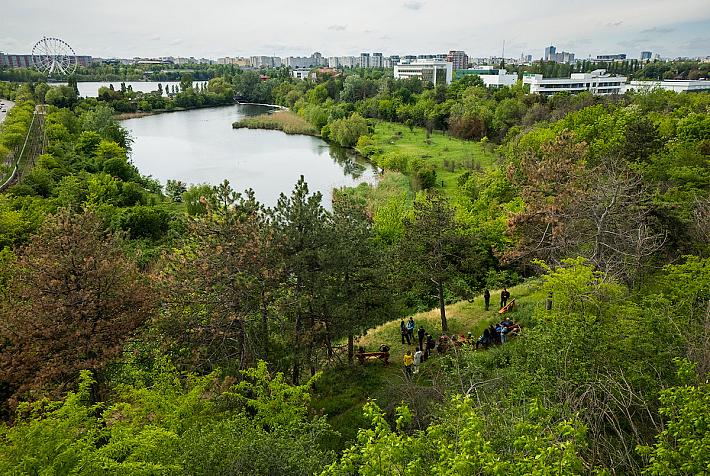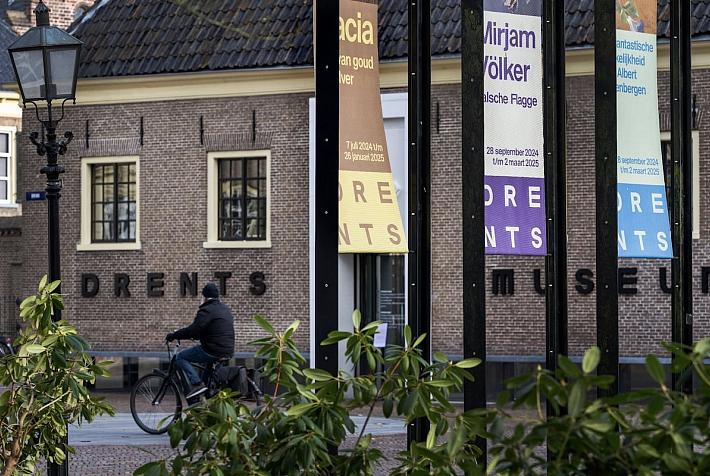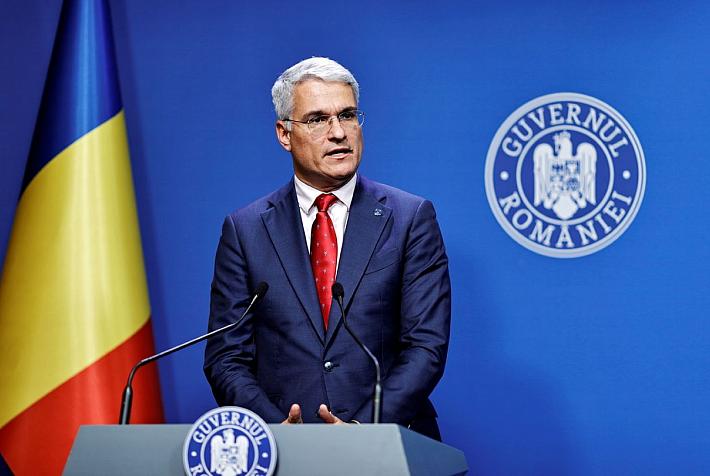Region in central Romania with Magyar majority makes new attempt at autonomy

A citizens' legislative initiative declaring the autonomy of Szeklerland (Tinutul Secuiesc in Romanian) was published in the Official Gazette, and will be forwarded to the Parliament for discussion, reports local News.ro.
Szeklerland is a region in central Romania where the majority of the population is Hungarian. The initiative gathered more than 100,000 signatures.
According to the explanatory memorandum, Szeklerland is a "historic region with a special past," which has enjoyed a broad autonomy, regardless of the state to which it belonged, including during the communist regime. The initiators say that the proposal is based on the principle of subsidiarity, as one of the "basic values of all the countries of Europe," which says that all local communities should have a say on affairs that are of interest to them.
The initiators also criticize the delays in Romania's regionalization process and, therefore, consider that the implementation of a pilot project would be useful, a pilot project that would demonstrate that "regionalization really is a solution for Romania."
According to the project, Szeklerland should become an autonomous region with legal personality in Romania, which would control and manage the matters within the specific competencies (including the adoption and exercise of its own policy in the region). One of the proposal’s articles states that "the region's autonomy does not affect the territorial integrity and sovereignty of the Romanian state," as the decisions in Szeklerland will be taken by delegation of powers.
The territory of the autonomous region would be formed by the current counties of Covasna and Harghita, as well as part of Mures county, where there is also a big Magyar population. The region would be split into eight "seats," with each of them having a residence, according to the project. The Hungarian language would also be an official language in Szeklerland, which means that it would also be used in education, culture, justice, and administration, reports News.ro.
In terms of administration, the region would have a Managing Council, a Managing Commission, and a President, as well as other local authorities in each of the eight "seats." Szeklerland’s President will be elected by citizens in free and general elections, by secret and direct vote, for a period of four years.
The project also has a special chapter dedicated to "the link between the state and the region," according to which the Government of Romania appoints one prefect in the region, who will make sure that the law is respected and will be able to mediate any divergence that might appear between the regional authorities and the central Government.
The project is accompanied by a negative opinion of the Legislative Council, which stipulates that the initiative violates the constitutional provisions. However, the Council’s opinion is only advisory.
The citizens’ legislative initiative is the second attempt to declare Szeklerland’s autonomy by law. A bill initiated by MPs of the Democratic Alliance of Hungarians in Romania (UDMR) was definitely rejected in 2012, after remaining unaddressed in the Parliament for seven years.
UDRM has launched another project on the autonomy of Szeklerland in 2014, but this draft bill never reached the Parliament.
Photo of US Ambassador to Romania holding Szeklerland flag stirs controversies
Irina Popescu, irina.popescu@romania-insider.com











